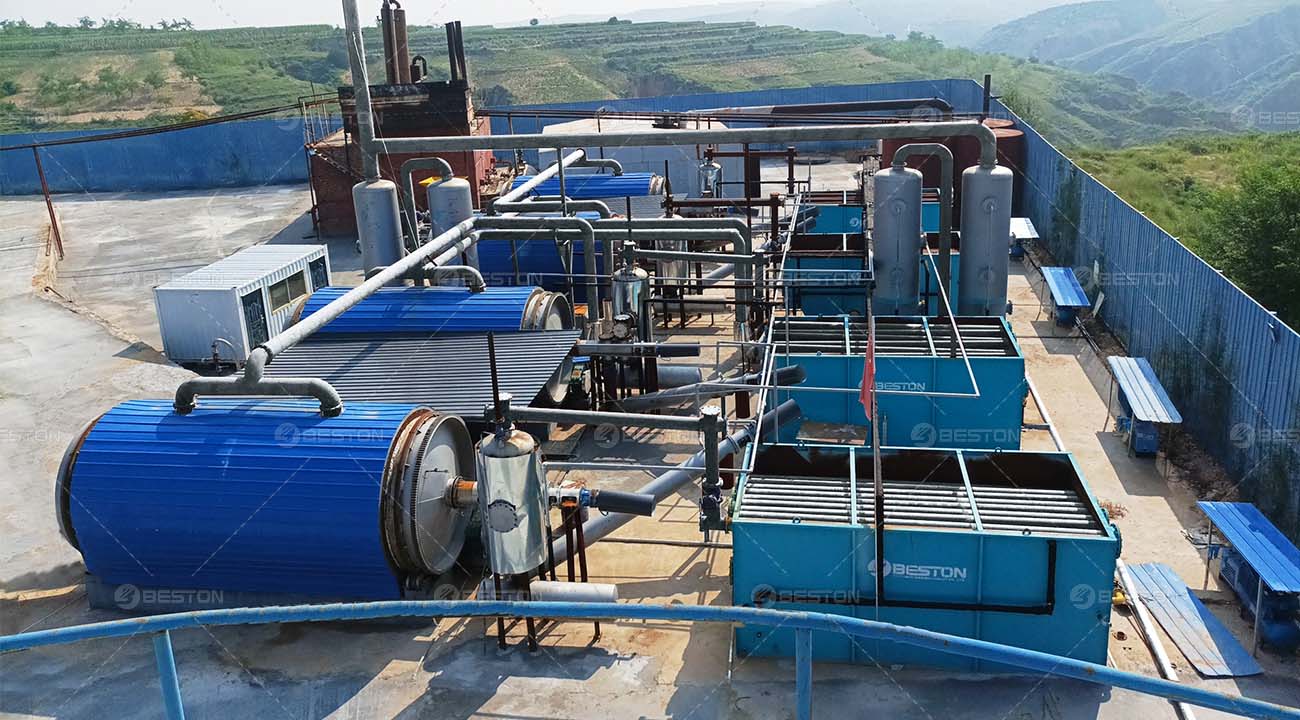Pyrolysis plants, hailed for their ability to convert waste materials into valuable resources, have gained widespread attention in recent years. However, the cost of setting up and operating a pyrolysis plant can vary significantly. In this article, we delve into the factors that influence the cost of a pyrolysis plant and why understanding these variables is crucial.
Choice of Feedstock
The Influence of Feedstock Type
One of the primary determinants of a pyrolysis plant cost is the type of feedstock it processes. The chemical composition, moisture content, and density of the feedstock material can significantly impact the pyrolysis process. Different feedstocks require varying process conditions, which may necessitate equipment adjustments or additional pre-processing steps.
Availability and Cost Implications
The availability of feedstock in a given region or industry can affect its cost. Some feedstocks may be abundant but require extensive collection and transportation efforts. Others may be costlier but more readily available. These factors must be carefully considered when estimating the plant’s overall expenses.
Impact on Pyrolysis Plant Design
The choice of feedstock can influence the design of the pyrolysis plant. The reactor type, heating method, and emission control systems may need to be tailored to the specific feedstock. This customization can lead to additional engineering and equipment costs.
Plant Capacity and Scale
Scaling Up for Efficiency
The capacity and scale of the pyrolysis plant are key cost determinants. Larger plants may have higher initial investment costs but often benefit from economies of scale, resulting in lower production costs per unit. However, it’s essential to strike a balance between plant size and feedstock availability to avoid underutilization.
Fixed and Variable Costs
Plant capacity affects both fixed and variable costs. Fixed costs, such as the initial construction and infrastructure, tend to decrease on a per-unit basis as capacity increases. Variable costs, including labor, energy, and maintenance, typically rise with scale.
Balancing Size and Production Rate
Optimal plant design involves a trade-off between size and production rate. Designing a plant that can operate efficiently within the range of available feedstock while maximizing production is a complex task. The costs associated with this balance are a significant consideration.

Technology and Equipment Selection
Reactor Design and Materials
The type and design of the reactor are integral to the pyrolysis process. Different reactors, such as rotary kilns, fixed-bed reactors, or fluidized bed reactors, have varying capital and operational costs. Additionally, the materials used in reactor construction can impact longevity and maintenance expenses.
Heating Methods and Energy Efficiency
The choice of heating method, whether through direct or indirect heating, affects energy consumption and efficiency. More efficient heating methods may have higher upfront costs but can lead to significant long-term savings.
Emission Control Systems
Stringent environmental regulations often necessitate the inclusion of emission control systems, such as scrubbers and filters. These systems add to the plant’s capital and operational costs, but their compliance is non-negotiable.
Regulatory Compliance and Environmental Considerations
Meeting Emissions Standards
Ensuring compliance with emissions standards is a critical factor that can significantly affect costs. Failure to meet regulatory requirements can result in fines and operational disruptions.
Waste Disposal and Handling Requirements
The disposal of waste by-products, such as char or ash, must be considered. Special handling or disposal methods may be needed, adding to the overall operating costs.
Compliance Costs and Their Significance
The costs associated with regulatory compliance should not be underestimated. Achieving and maintaining compliance can be a significant ongoing expense.
Location and Infrastructure
Site Selection and Permitting
The location of the pyrolysis plant for sale can impact permitting and land acquisition costs. Proximity to feedstock sources, transportation routes, and compliance with local zoning and environmental regulations are essential considerations.
Access to Utilities and Resources
Adequate access to utilities like water, electricity, and fuel sources is crucial. In some cases, off-grid solutions may be necessary, increasing infrastructure costs.
Transportation and Logistics
The logistics of transporting feedstock and handling end products can influence both capital and operating costs. Efficient transportation systems and facilities can minimize these expenses.
Maintenance and Operational Costs
Routine Maintenance and Repairs
Regular maintenance and potential repairs are ongoing operational costs that should not be overlooked. Proper maintenance ensures the longevity and efficiency of the plant.
Labor and Operational Expenses
Labor costs, including operators, technicians, and support staff, can be a significant component of the operational budget.
Spare Parts and Downtime Implications
The availability of spare parts and the potential for downtime due to maintenance or repairs are factors that can affect operational costs and productivity.
Conclusion
Understanding the multifaceted factors that influence the cost of a pyrolysis plant is essential for making informed decisions in the waste-to-energy industry. While there is no one-size-fits-all answer, careful consideration of feedstock, plant scale, technology, compliance, location, and maintenance is key to striking a balance between investment and long-term cost-efficiency. As the pyrolysis industry continues to evolve, these cost considerations will remain at the forefront of its economic landscape.

Comments
No comments yet. Be the first to react!